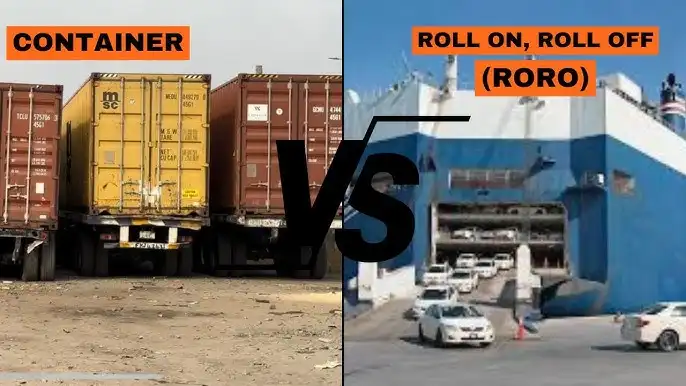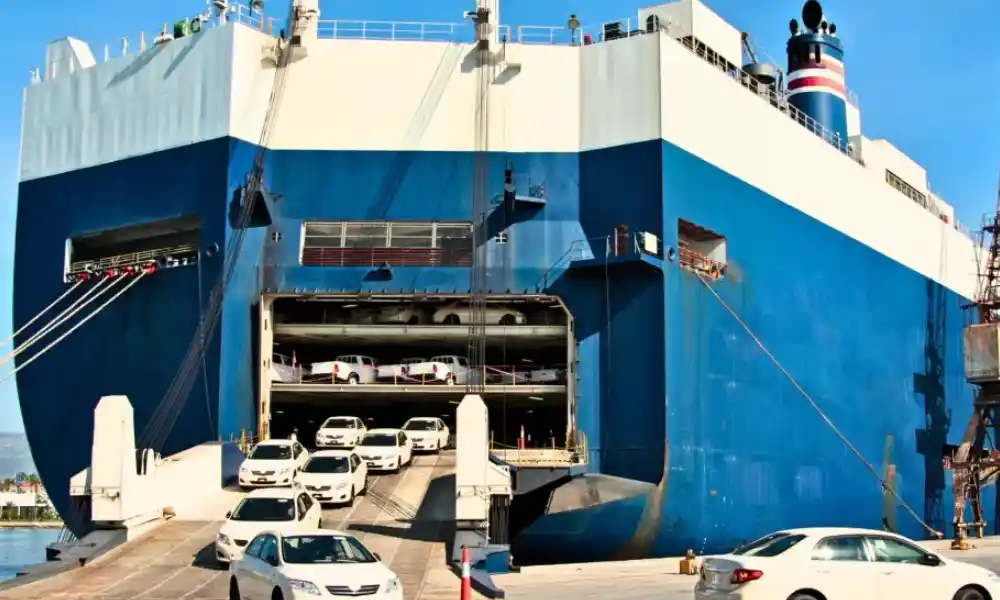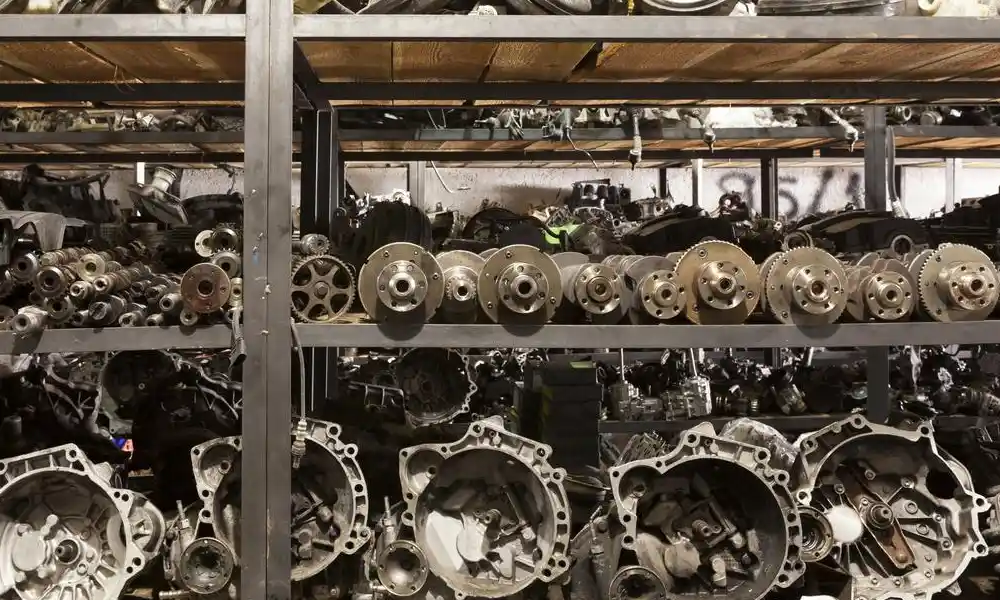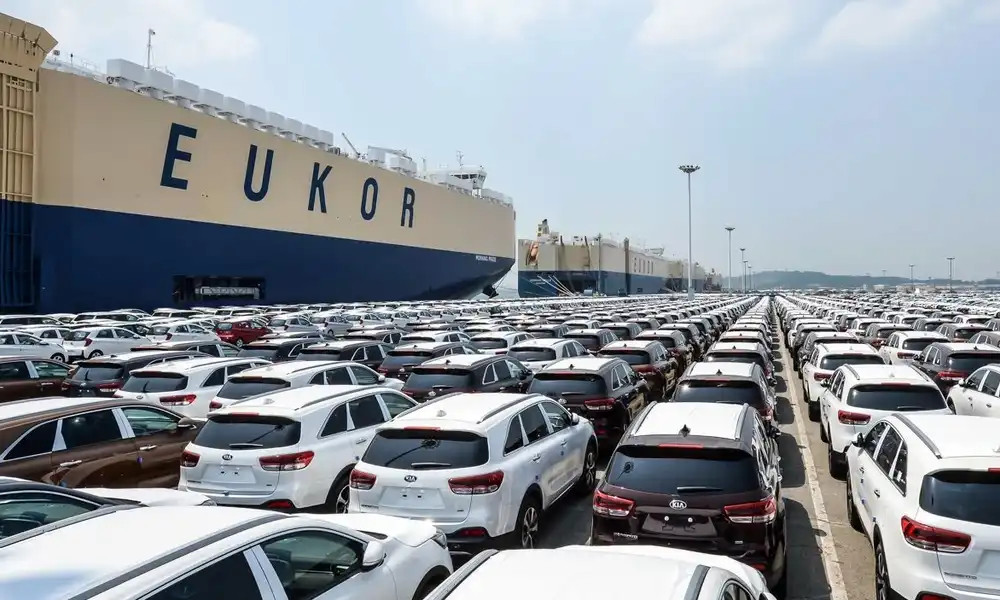When shipping used cars from Korea, RORO is faster and cheaper but exposes vehicles to open-air risks. Container shipping offers added protection and allows for parts or multiple vehicles. Choose RORO for affordability and container shipping for premium or fragile cars depending on your needs and destination.
UsedCarKorea.com
Choosing between RORO vs container shipping is crucial when importing used cars from Korea. RORO is cost-effective and efficient, while container shipping offers extra protection and flexibility. This guide compares both methods to help you select the safest and most budget-friendly way to transport Korean used vehicles globally.
Table of Contents
What Is RORO Shipping?
RORO (Roll-on/Roll-off) is a method where vehicles are driven directly onto a ship and secured for transport. It’s widely used for new and used car exports from Korea due to its efficiency.
Pros of RORO:
- Lower cost
- Faster port handling
- Ideal for operable vehicles
Cons of RORO:
- Limited protection from weather or damage
- No personal goods allowed inside the car
- Not available for all destinations
What Is Container Shipping?
Container shipping involves loading the vehicle into a 20ft or 40ft sealed container. It’s the preferred choice when transporting luxury vehicles, multiple cars, or goods alongside the vehicle.
Pros of Container Shipping:
- Maximum protection against weather and theft
- Ability to include spare parts or personal goods
- Multiple cars in one container (cost-sharing possible)
Cons of Container Shipping:
- Higher cost
- Longer port processing time
- Requires professional loading and securing
RORO vs. Container: Cost Comparison
| Feature | RORO Shipping | Container Shipping |
|---|---|---|
| Average Cost | Lower ($500–$1,000) | Higher ($1,200–$2,500) |
| Transit Time | Faster | Slightly Slower |
| Protection | Basic (weather-exposed) | High (sealed container) |
| Goods Inside | Not Allowed | Allowed |
| Destination Range | Limited | Broad |
Which One Is Right for You?
Ask yourself the following questions:
- Is your car in working condition? → RORO
- Are you shipping luxury or classic vehicles? → Container
- Do you need to include car parts or goods? → Container
- Looking for the lowest cost and quick delivery? → RORO
Safety Considerations
- RORO is safe for standard cars but lacks full weather protection.
- Container shipping is ideal for high-value or delicate vehicles, with more comprehensive insurance options.
Make sure your shipping partner is licensed and experienced in Korean car exports, and always request documentation and tracking.
Final Tips for Choosing Smart
- Get quotes for both methods from at least 2–3 Korean exporters.
- If shipping in bulk or with others, container sharing can reduce costs.
- Use major export ports like Busan or Incheon for faster scheduling and better availability.

What is the difference between RORO and container shipping from Korea?
RORO ships cars on open decks, offering lower costs and faster delivery. Container shipping protects vehicles inside steel containers and is ideal for high-value or fragile units.
Which is cheaper for used car shipping from Korea: RORO or container?
RORO is generally cheaper than container shipping. However, container shipping may save costs when shipping multiple vehicles or parts together.
Is RORO shipping safe for Korean used cars?
RORO is safe for most standard vehicles but offers less protection against weather and damage than containers. It’s suitable for durable models and shorter routes.
When should I choose container shipping for Korean cars?
Use container shipping for luxury vehicles, car parts, or shipments to destinations with higher theft or damage risks. It’s also ideal for combining multiple items.
What documents are needed for used car shipping from Korea?
You typically need a bill of lading, export certificate, commercial invoice, and vehicle inspection documents—regardless of shipping method.


